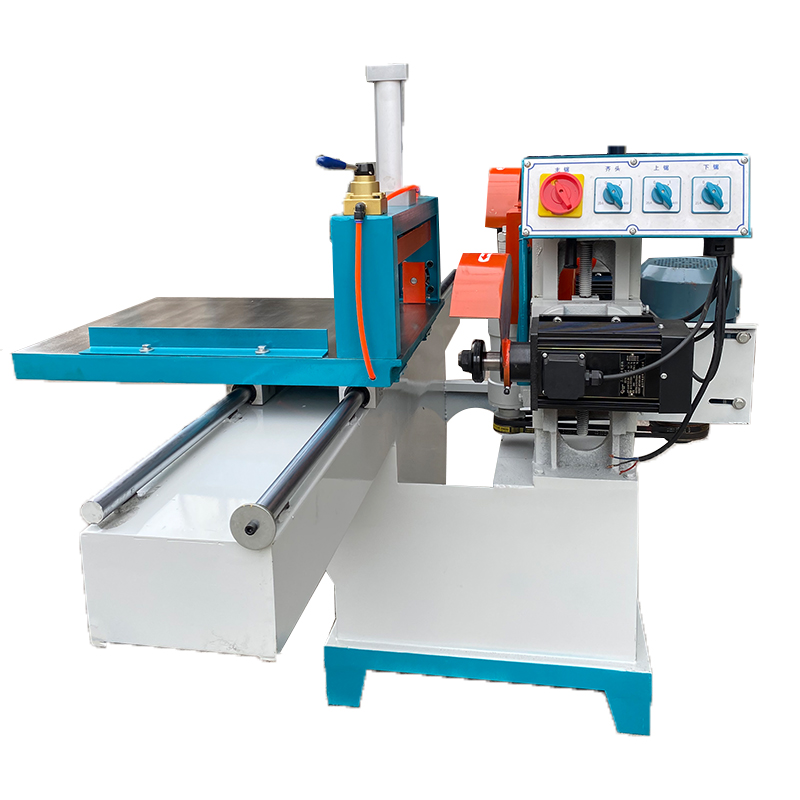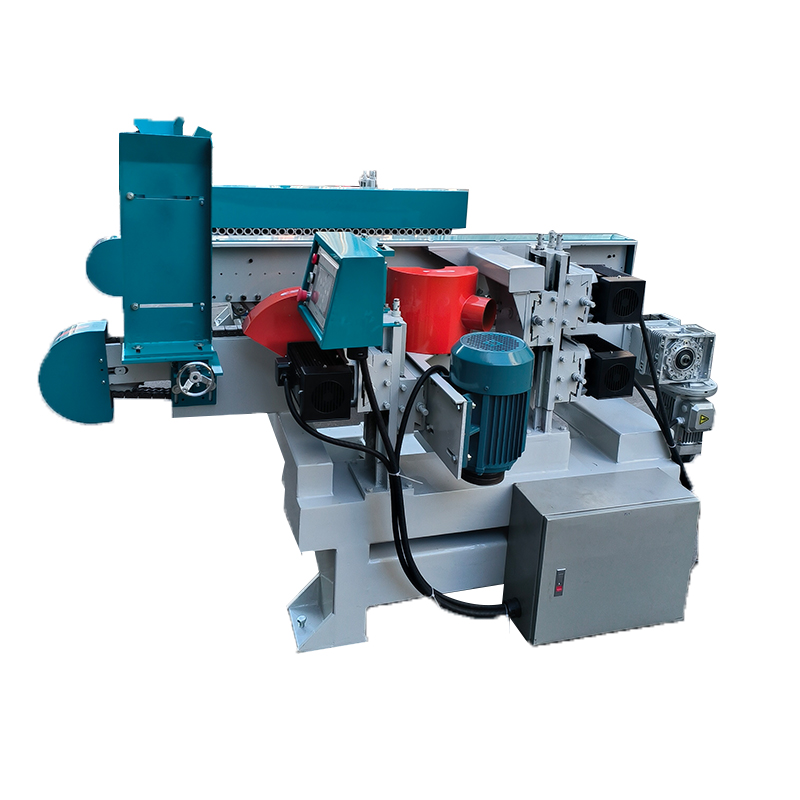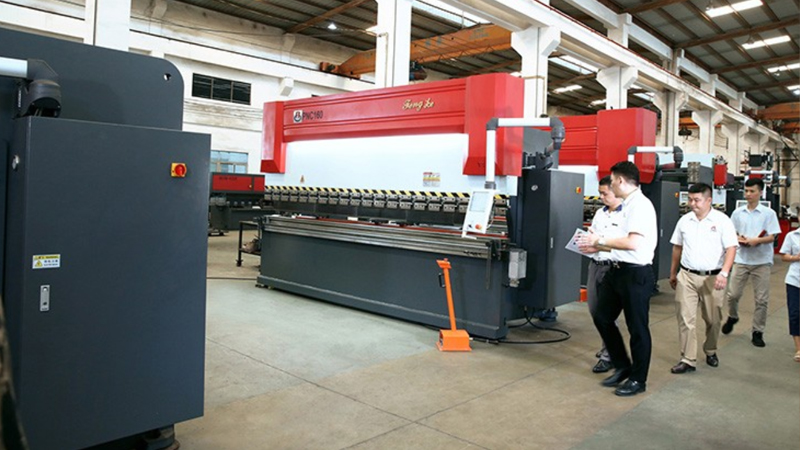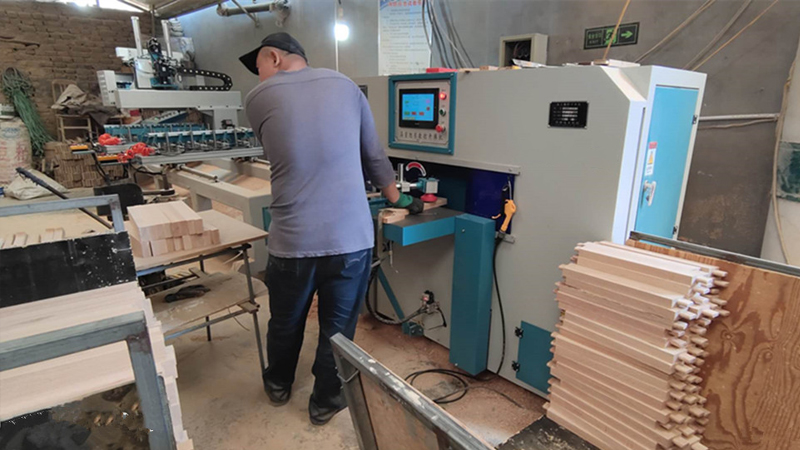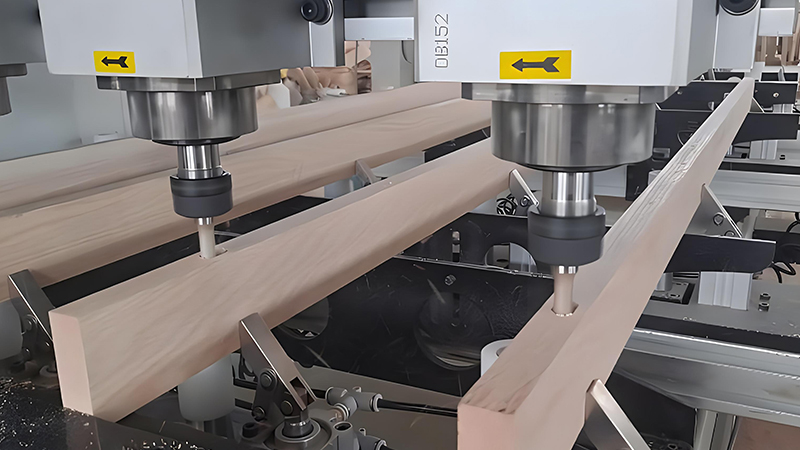Related Products
The development trend of woodworking machinery and equipment
With the continuous development of science and technology, new technologies, materials, and processes are constantly emerging. With China's accession to the WTO, the gap between China's woodworking machinery equipment level and that of foreign countries will become smaller and smaller. Advanced technology and equipment from abroad will continue to flow in, posing both challenges and opportunities for domestic woodworking machinery. The development of electronic technology, digital control technology, laser technology, microwave technology, and high-pressure jet technology has brought new vitality to the automation, flexibility, intelligence, and integration of furniture machinery, resulting in a continuous increase in the variety of machine tools and a continuous improvement in technical level. The development trends at home and abroad include the following:
(1) The intervention of high-tech in woodworking machinery and intelligence indicate that high-tech is advancing in various technological fields, whether it is the application of CNC machining technology in woodworking machinery or the popularization of computer technology. Electronic technology, nanotechnology, space technology, biotechnology, etc. are being or will definitely be widely applied in the field of woodworking machinery.
(2) More imitation of metal processing methods. From the development history of woodworking machinery worldwide, there is a trend of assimilation between wood processing methods and metal processing methods, such as the emergence of CNC milling machines. Can we boldly predict that in the future, wood will be reshaped and shaped like forged steel ingots. More imitation of metal processing methods.
(3) From the perspective of domestic development pattern, wood processing enterprises or woodworking machinery and equipment have a trend of large-scale and large-scale development, otherwise they will be eliminated. At present, there is still a large market for outdated and simple woodworking machinery in our country, and many wood processing enterprises are still implementing labor-intensive business models. Future wood processing enterprises will inevitably follow the path of industrialization, large-scale, and large-scale development.
(4) Improve the comprehensive utilization rate of wood. Due to the decreasing forest resources both domestically and globally, the shortage of high-quality raw materials has become a major constraint on the development of the timber industry. Maximizing the utilization rate of wood is the main task of the wood industry. Developing various types of artificial board products and improving their quality and application range is the most effective way to efficiently utilize wood resources. In addition, developing full tree utilization, reducing processing losses, and improving processing accuracy can all improve the utilization rate of wood to a certain extent.
(5) Putting people first and achieving green environmental protection. The Chinese government's implementation of the two major systems of returning farmland to forests, natural forest protection projects, and forestry, as well as the construction of six major projects, are all wise measures to protect the environment; Starting from July 1, 2002, the standards for artificial board products were fully enforced, and those that did not meet environmental requirements were not allowed to be produced or sold. The development of the wood processing industry must follow two principles: first, to protect the environment, minimize the extraction of natural resources, and minimize pollution to the environment; Secondly, wood processed products must be harmless to the human body or have a minimum level of harm controlled. Therefore, future viable woodworking machinery and wood industry products will inevitably be designed according to ergonomics and meet environmental requirements.
(6) Improve production efficiency and automation level. There are two ways to improve production efficiency: one is to shorten processing time, but also to shorten auxiliary time. To shorten processing time, in addition to increasing cutting speed and feed rate, the main measure is to concentrate the process. Due to factors such as cutting tools, vibration, and noise, cutting speed and feed rate cannot be increased indefinitely, as multi tool through type combined machine tools and multi process concentrated machining centers have become the main development direction. A dual end milling machine that combines functions such as sawing, milling, drilling, tenoning, and sanding; Edge banding machine with multiple processing techniques combined; A CNC machining center that integrates multiple cutting processes. Shortening auxiliary working time mainly involves reducing non processing time, using machining centers with attached tool libraries, or using automatic exchange of workbenches between CNC assembly lines and flexible machining units to minimize auxiliary working time.



